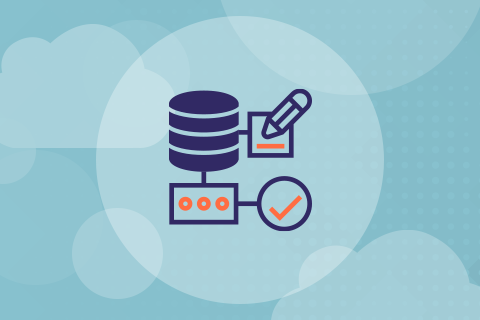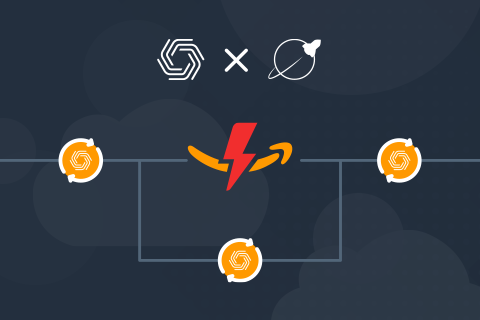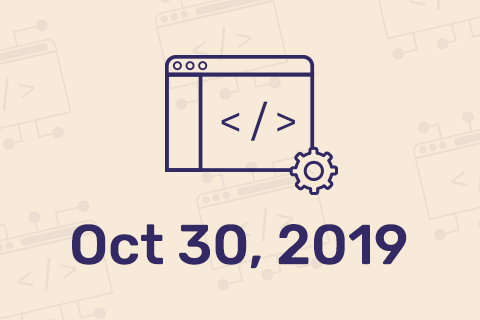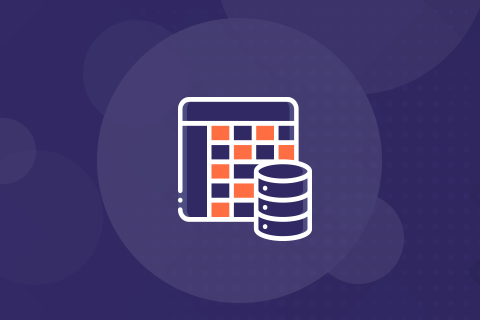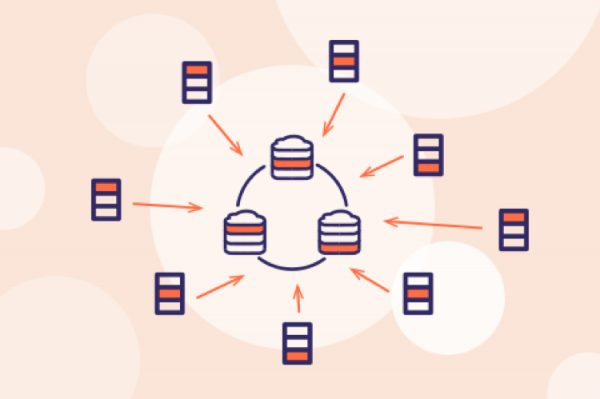Using Stored Procedures in Distributed SQL Databases
These days, most monolithic SQL databases support stored procedures. This support first emerged in commercially available offerings in the late nineteen eighties. However, stored procedure support is not yet standard in distributed SQL databases. In fact, YugabyteDB is just one of two in this category—supporting stored procedures written in PostgreSQL’s PL/pgSQL. (Aurora also supports stored procedures.) This post recaps the case for stored procedures that motivated their introduction all those years ago. And it describes a performance experiment that measures one of the benefits brought by using stored procedures: the reduction in client-server round trips for multi-statement business transactions.
…
